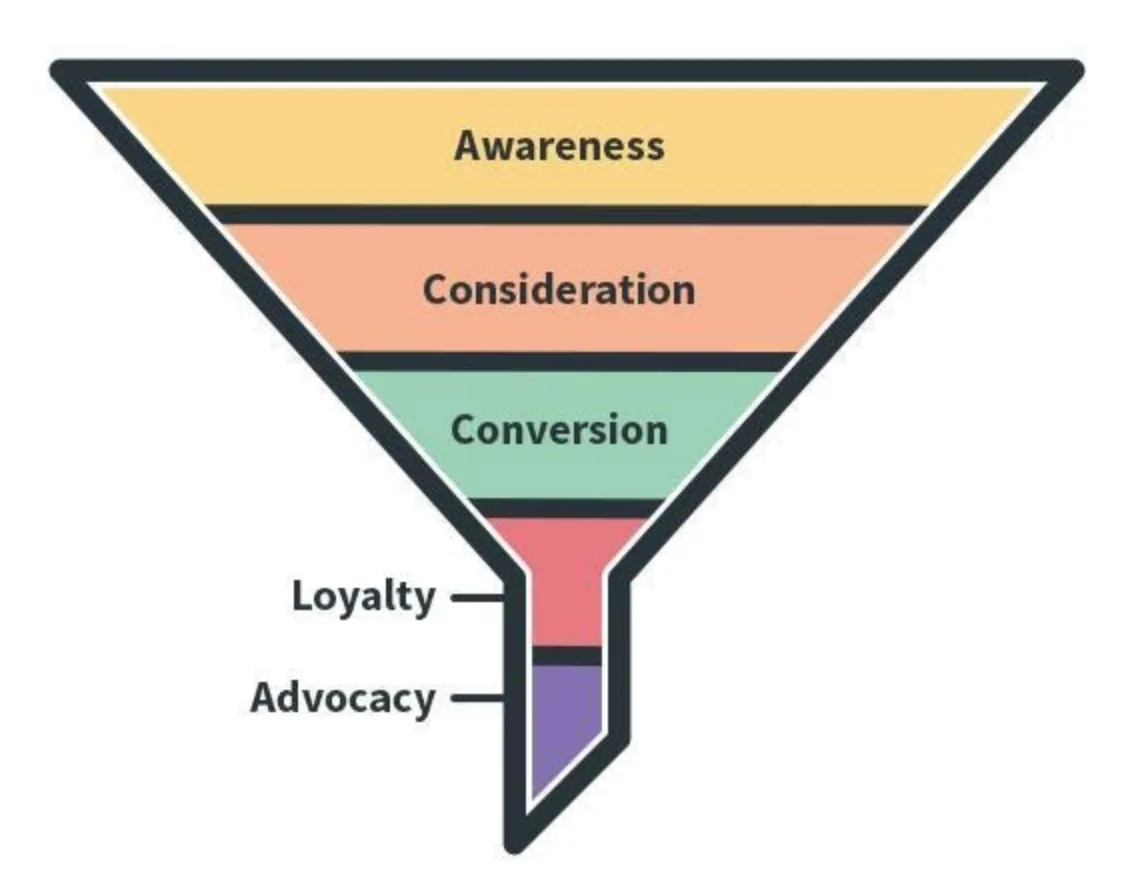Effective application security is a must for all businesses that want to protect their data and systems from malicious attacks. To ensure comprehensive, fast, and constant protection of applications, businesses need to implement an effective security strategy.
Effective application security requires comprehensive, fast, and constant protection. It is essential for businesses to ensure that their applications are secure from potential threats, such as data breaches or cyber-attacks. To achieve this goal, organizations need to implement a comprehensive approach that includes both preventive measures and active monitoring of the system.
The organizational approach should include regular patching of software vulnerabilities, using encryption technologies where appropriate, implementing access control policies and authentication mechanisms, and regularly testing the system against known attack vectors.
The protective approach should include regular vulnerability assessments, patching of known vulnerabilities in the system regularly, secure coding practices when developing new software or updating existing ones, as well as implementing strong authentication measures such as multi-factor authentication.
It is important to have an incident response plan in place to detect and respond to wrong incidents appropriately. By taking these steps, businesses will not only protect themselves but also provide peace of mind for customers who trust them with sensitive information.
It’s important to have visibility into user activity on your network so you can detect suspicious behavior quickly and take action accordingly. By taking these steps towards better application security management, companies will reduce the risk of cyberattacks significantly while also ensuring compliance with industry standards.
Before you can begin implementing a secure application system, there are some basics that need to be taken into consideration. These include:
Identifying Vulnerabilities: Identifying vulnerabilities for application security is a crucial aspect of ensuring the overall security of any software application. This includes conducting regular vulnerability scans and patching any known issues quickly and efficiently. Conducting comprehensive security assessments, using both automated tools and manual testing, is useful for discovering and mitigating application vulnerabilities effectively.
Implementing Access Controls: It is essential to implement access controls on all applications so that only allowed users have access to sensitive data or features within the app. This should also involve setting up multi-factor authentication where possible for added protection against unauthorized access attempts.
Monitoring Activity Logs: Regularly monitoring activity logs can help detect suspicious behavior such as brute force attacks or other malicious activities early on before it becomes too late for corrective action.
Benefits of Secure Applications: There are many benefits associated with having secure applications in place, such as improved user experience because of faster loading times and fewer errors caused by malware infections; increased customer trust since customers know their information is safe from cybercriminals; better compliance with industry regulations like GDPR when handling personal data securely; cost savings because of reduced downtime resulting from successful attack prevention efforts, etcetera.
Conclusion: In conclusion, proper implementation of application security measures helps protect businesses from costly breaches while providing peace of mind, knowing that their digital assets remain safe. By following the best practices outlined above, organizations can ensure their systems remain secure no matter what threats come their way.





